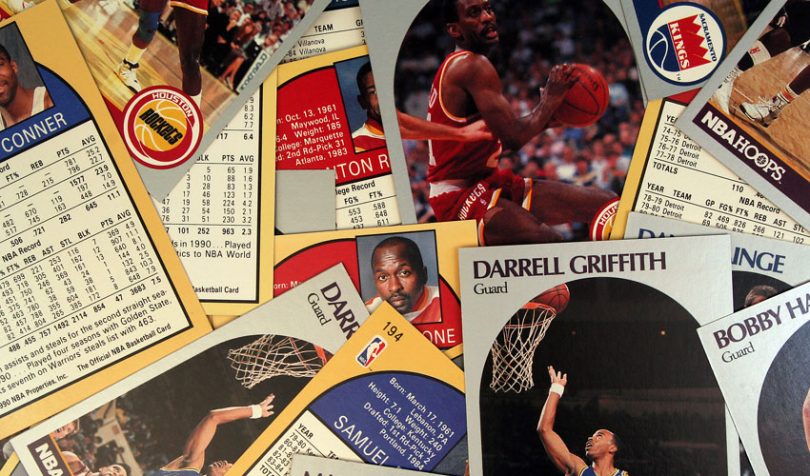By day Frenchman Benjamin Djidi works as a Senior Business Intelligence Engineer at Amazon in Seattle. At night he’s improving his blockchain skills by working on a side project. While blockchain brings many benefits, talking to Djidi, it becomes clear why blockchain development can be tricky, and the issues aren’t technical.
Djidi’s project is a traceability solution that helps prevent fraud for valuable collectible cards like baseball cards. His best friend is a collector. For the more valuable collectibles, grading the card’s quality costs in the region of $1,500. It’s possible to track the card if the graders register the card on a blockchain. So Djidi needs the valuers on board.
“Trying to explain it as a blockchain doesn’t get you anywhere,” explained Djidi. “They take a step back if they hear the word blockchain.” So why doesn’t he explain it as an anti-counterfeit solution? Fraud is not the grader’s problem. That’s an issue that concerns the card traders.
When creating a new product or a new startup, experts always say you need to address a need. If there’s an ecosystem as is often the case with blockchain projects, you have to address the needs not just of customers but multiple groups with different pain points. That may be harder, but it’s not impossible as demonstrated by many successful ecosystems like Uber and Airbnb.
So coming back to collectible cards, what’s in it for the graders? They want marketing visibility to show off their grading prowess. So the idea is to have a private network where graders have control over grading and customers benefit from the anti-counterfeit aspect.
Standards
The next issue is if you’re going to put the grading data on the blockchain it needs to be consistent. “So you establish a standard,” explained Djidi. “You know that everybody is trading according to the same rules. That part has been challenging to explain to the graders we’ve talked to. Especially because they all have their own rules.”
To create the standards Djidi and his friend amalgamated the common features in grading. There are some differences. For example, some graders use half points in the 1-10 scoring range, others round. There are particular kinds of collectibles that not all graders will process. Only some graders will assess a signature on the card. They tried to include all features, but graders only have to use the applicable ones.
How it works
After a card is graded, it’s placed in a tamper-proof case which shows grading information including the score. So for the blockchain project, there’s a desktop user interface (UI) where the grader can add information during the grading process. The data is sanitized and added to the blockchain.
For users, they can scan the code on the case to retrieve information about the card itself.
Currently, the fraud issues involve people photoshopping cards. So users want to verify that the person selling the product on the internet is the owner of the card that was graded. At the same time, you don’t want to reveal identities. So if someone is interested in a card, they can ping the owner. The owner receives a code and can confirm that code to the potential buyer, thereby proving he’s the rightful owner.
The goal
The project has a dual purpose for Djidi. Firstly he wanted to acquire DLT skills, and his understanding has improved. He’s not yet sure whether or not the product will become a business. If it takes off then, he thinks “it’s not one of those businesses that make crazy money, but it can run by itself.” And if not, he plans to open source it.
Hyperledger Fabric
When it came to choosing a private blockchain technology, Djidi only considered Hyperledger’s Fabric and Sawtooth protocols. Sawtooth has a strong reputation for its scalability. However, the collectibles project would never need to involve more than 20-30 graders. Plus he felt Sawtooth was less well adapted for his use case.
“I really like Fabric because it’s intuitive. It kind of corresponds to the way I think,” said Djidi. Fabric has a lot of different settings which means it can be heavily customized.
Hyperledger Composer is helpful, but the developer still found some friction in deploying the application especially when it came to deciphering error codes. The on-chain permissions are restrictive, and that’s the hardest part to troubleshoot. But on the whole, Djidi thinks they’ve done an excellent job.
The development initially started on Ethereum and Djidi was quite keen on it. However, onboarding graders would mean they’d need to get a wallet. “Then you get into real blockchain,” he said. “It’s a bit more challenging than just giving them a UI and not telling them what’s behind it.”






